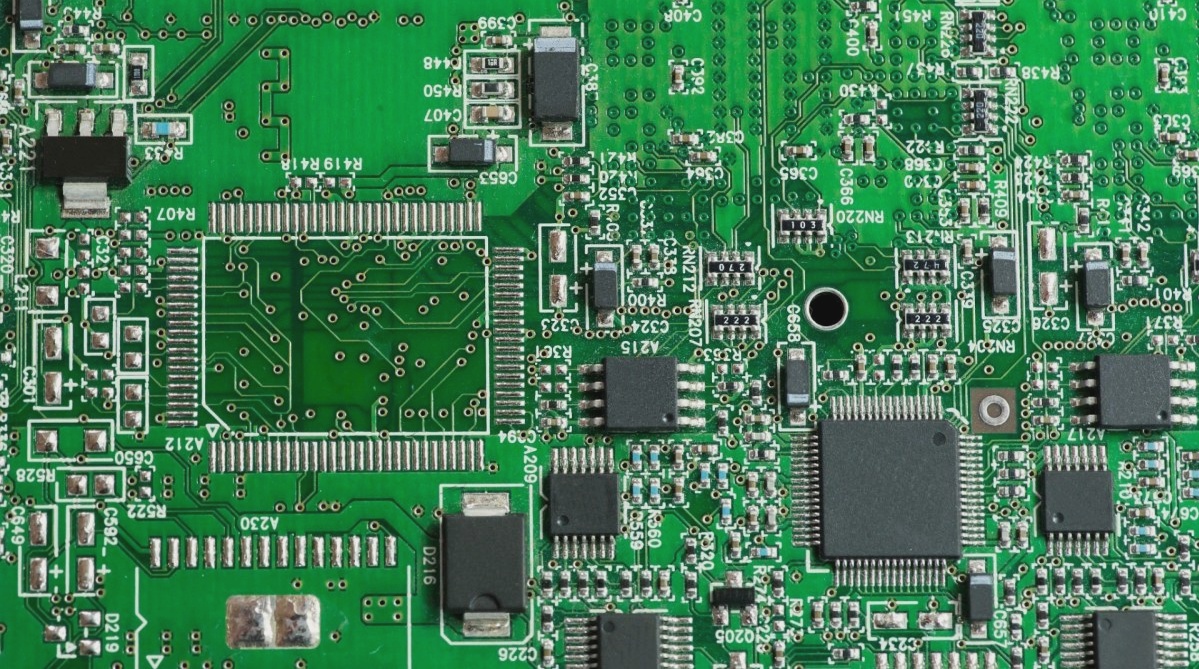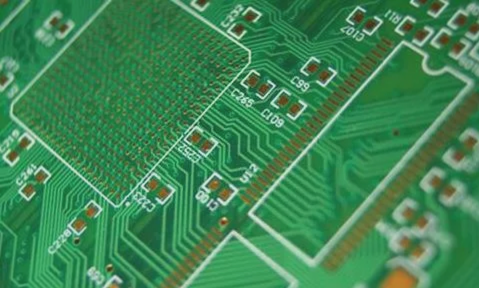Printed Circuit Board (PCB) Design: Component Layout and Wiring Principles
Component Layout
- Reasonable component arrangement is crucial for high-quality PCB layout, considering installation, mechanical stress, thermal management, signal integrity, and aesthetics.
- Installation involves seamlessly integrating the PCB into the application, preventing spatial interference and short circuits.
- Mechanical strength requires proper shaping, hole positioning, and secure fixation to withstand external forces and vibrations.
- Thermal management is essential for heat-generating devices, with attention to positioning and thermal isolation for high-power components.
- Signal integrity considerations include isolating circuits, separating components, and proper signal line direction.
- Aesthetic wiring enhances performance, with a focus on orderly placement and smoothness.
Wiring Principles
- Aesthetic wiring techniques minimize interference, favoring transitions over right angles.
- Centralized and methodical wiring prevents signal cross-talk and eases inspection and modifications.
- Ground plane layout with grid paving enhances thermal performance and conductivity.
- Power line routing and filtering contribute to system reliability and performance.
For more information on PCB design and fabrication, visit Wellcircuits.

Understanding Power Line Width and Capacitor Selection for PCB Design
Dispelling a common misconception, the width of power lines on a PCB does not always need to be thick, except in high-power situations where wider lines are necessary to handle currents exceeding 1A per second. Effective mitigation of power noise relies heavily on the presence of filter capacitors. Therefore, it is crucial to invest in high-quality capacitors to meet rigorous power quality standards.
The choice of capacitor types and their arrangements can vary depending on the application—be it digital or analog. It is vital to customize these capacitors to meet the specific requirements of the chips on the PCB, ensuring that they are placed in close proximity with direct connections to achieve optimal filtering performance.
By adhering to these refined principles, a PCB design can be made more robust, aligning considerations such as mechanical strength, thermal management, signal integrity, and aesthetics with the practical demands of the application.


